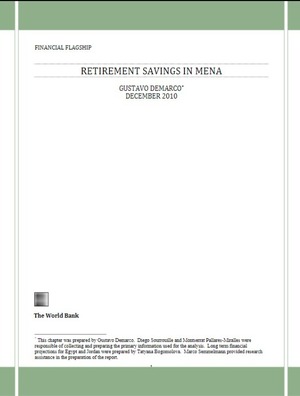The Demand for Simple and Flexible Retirement Products
By Pim Koopmans, Marike Knoef, Max van Lent Many people save too little for retirement. This paper studies – using a stated choice experiment – whether simplicity and flexibility can increase the demand for retirement products. We compare the willingness-to-pay (WTP) for self-employed workers and employees, and find that the self-employed are willing to give up 8% of post-retirement benefit in order to avoid having to provide information about their financial situation. In addition, self-employed workers are willing to...



